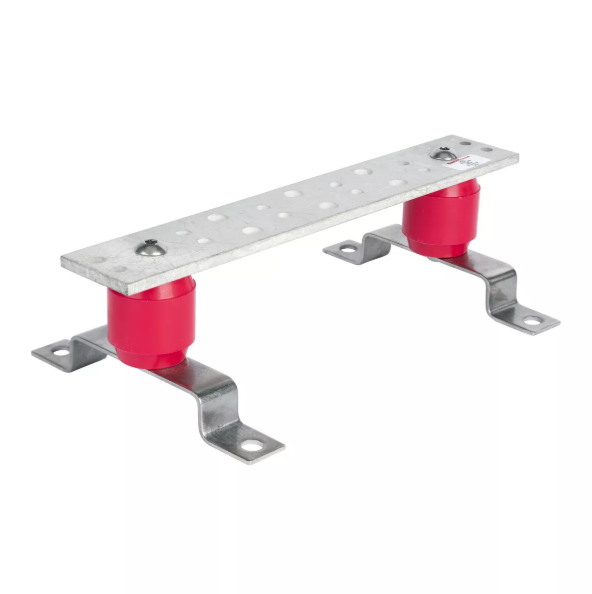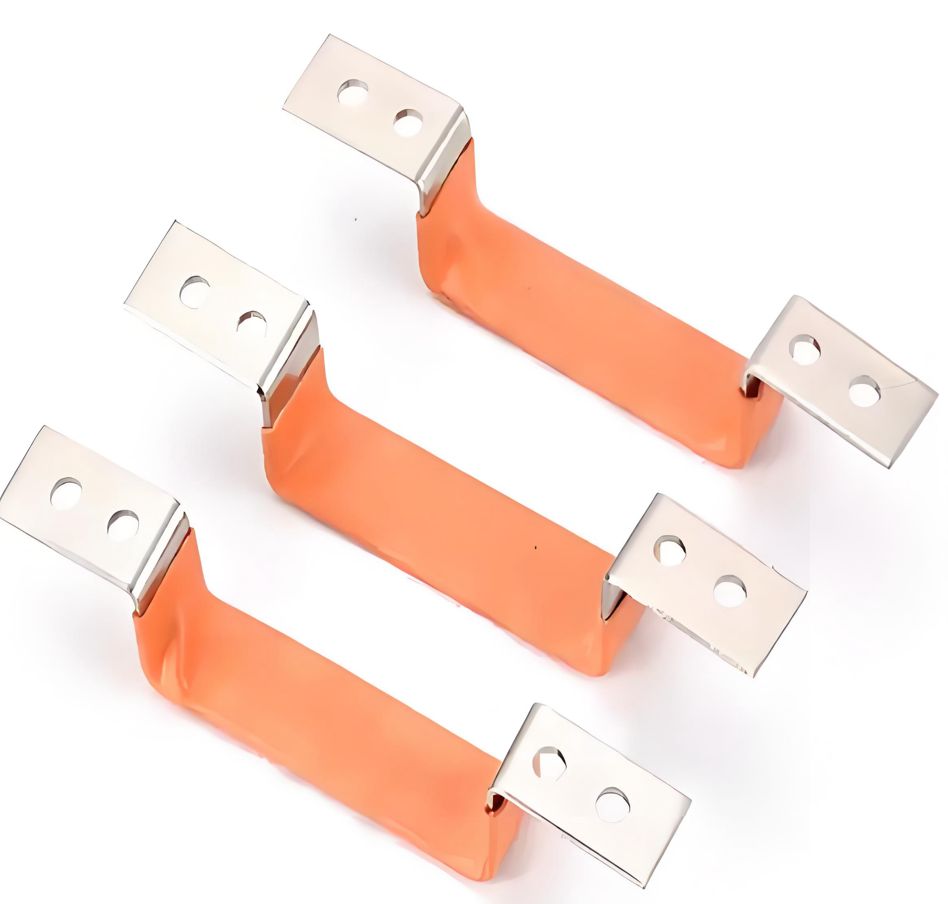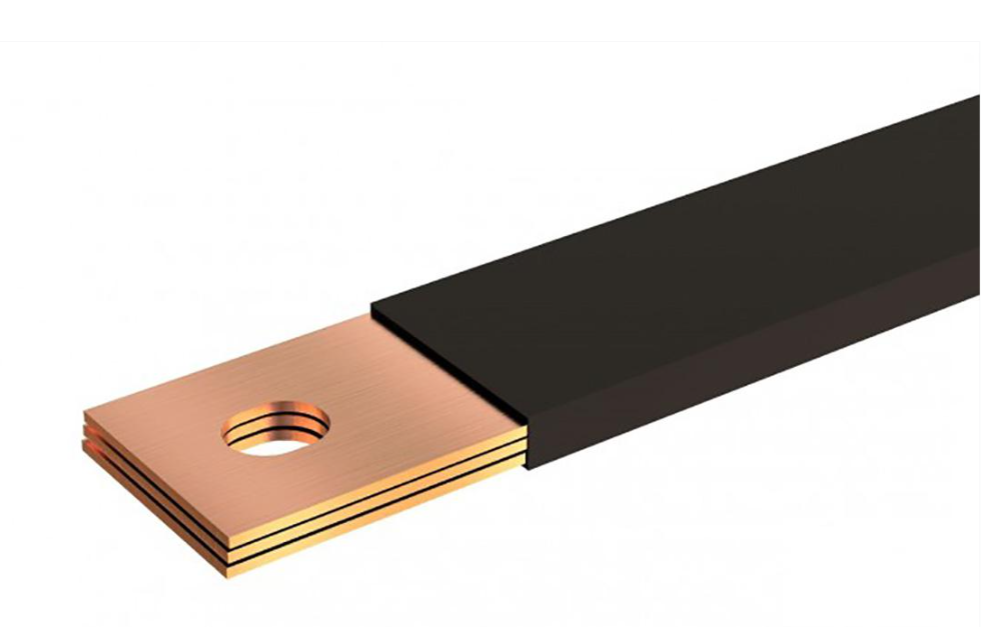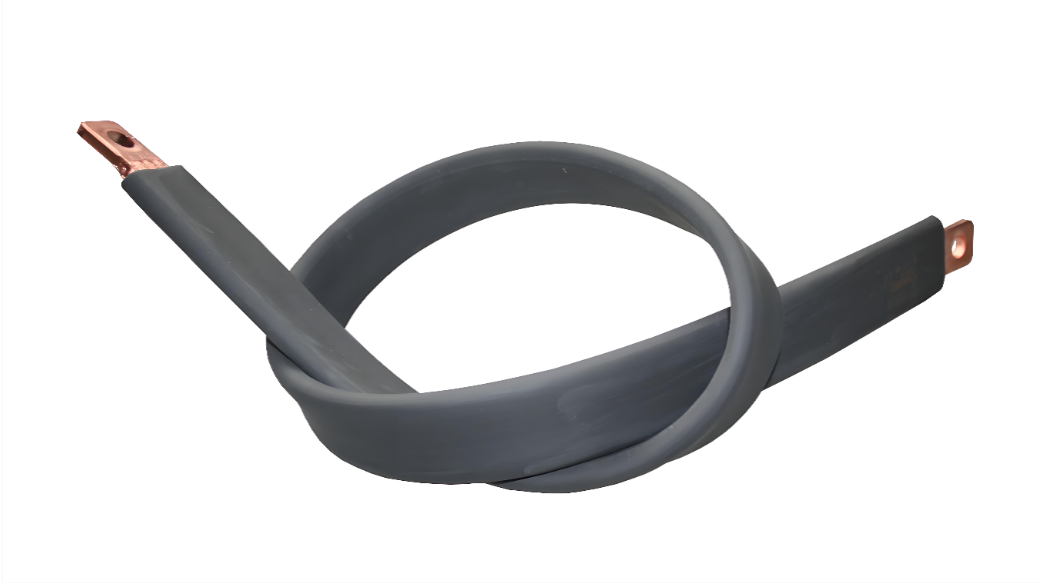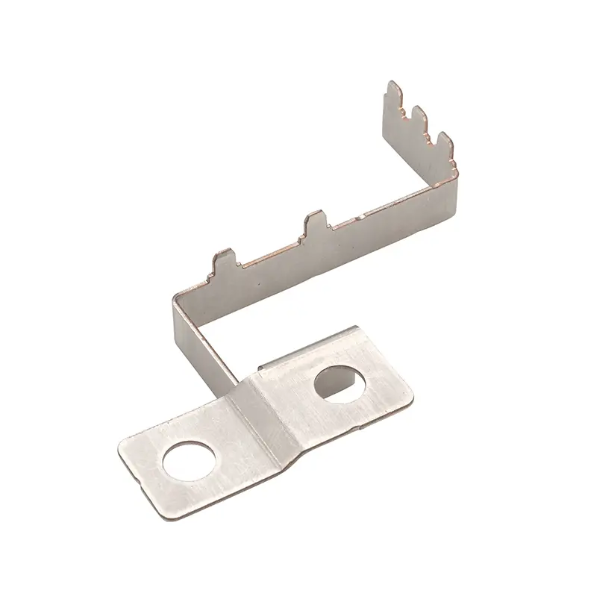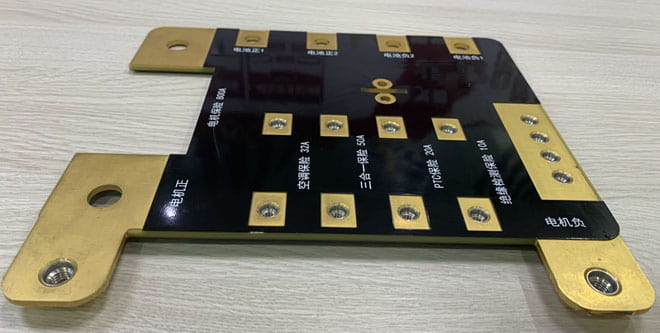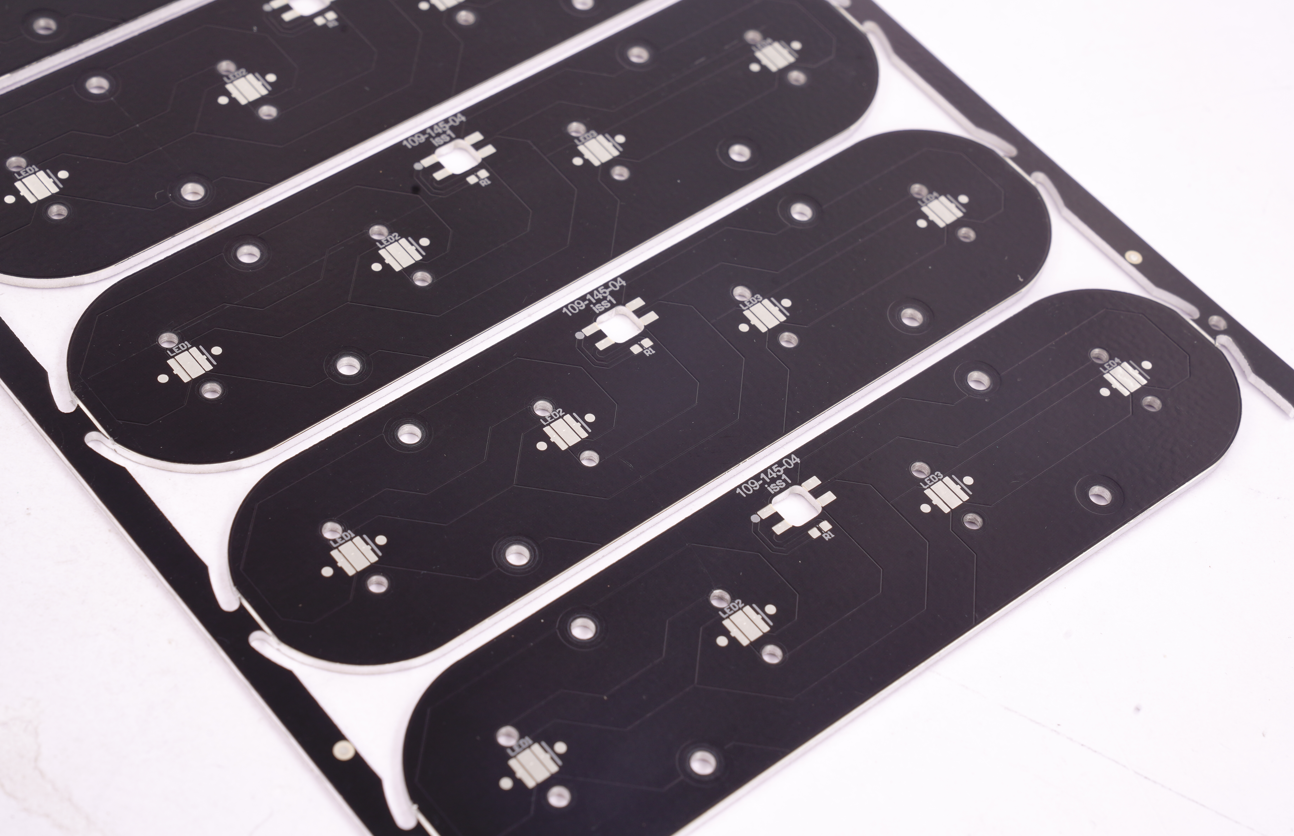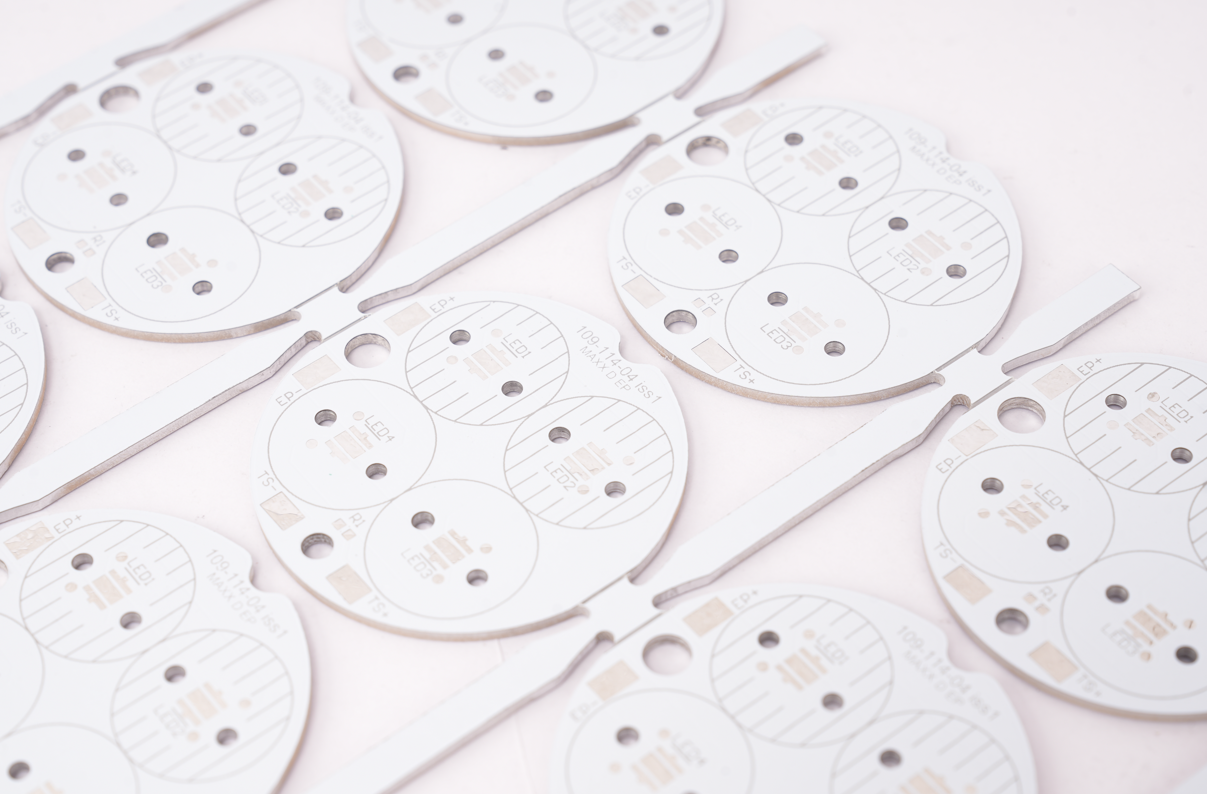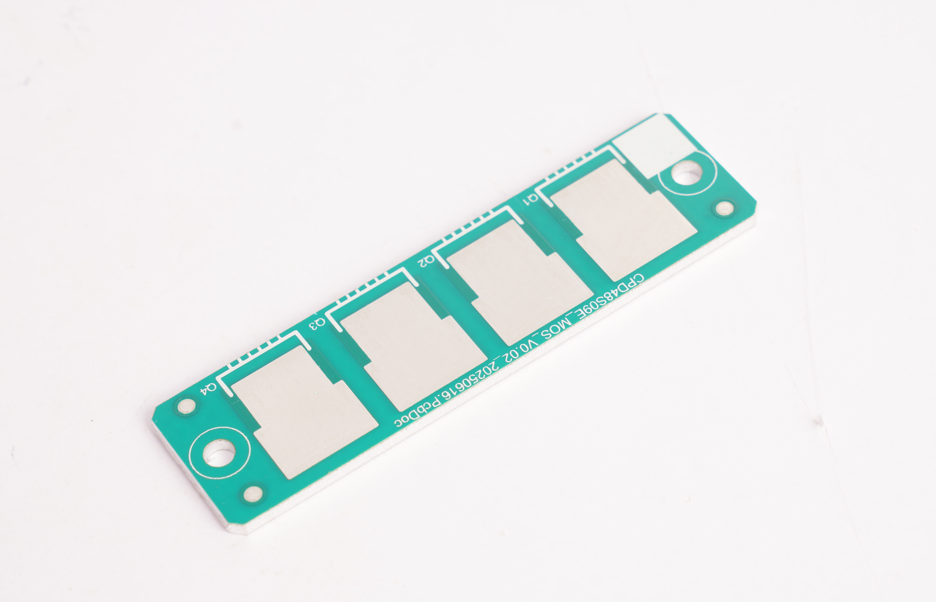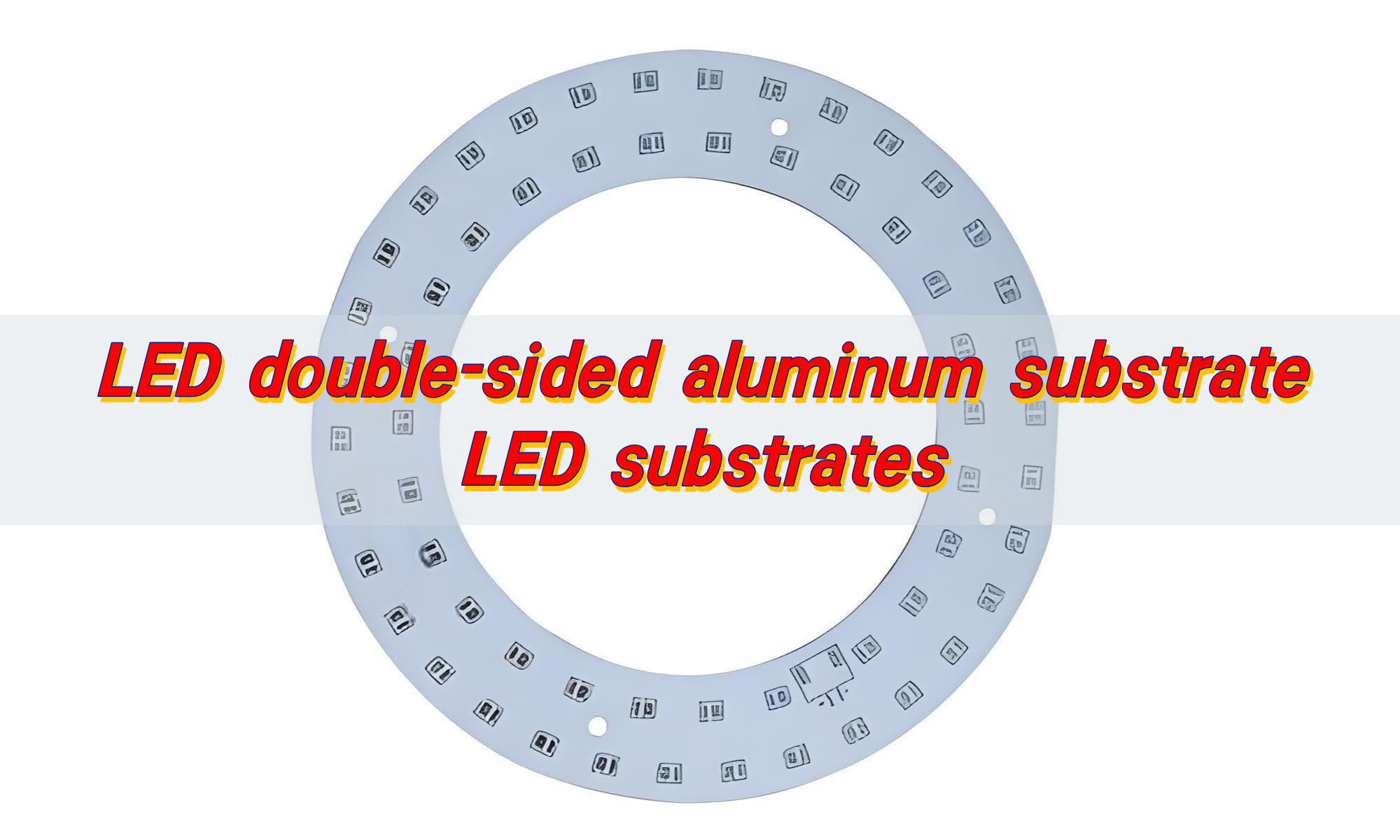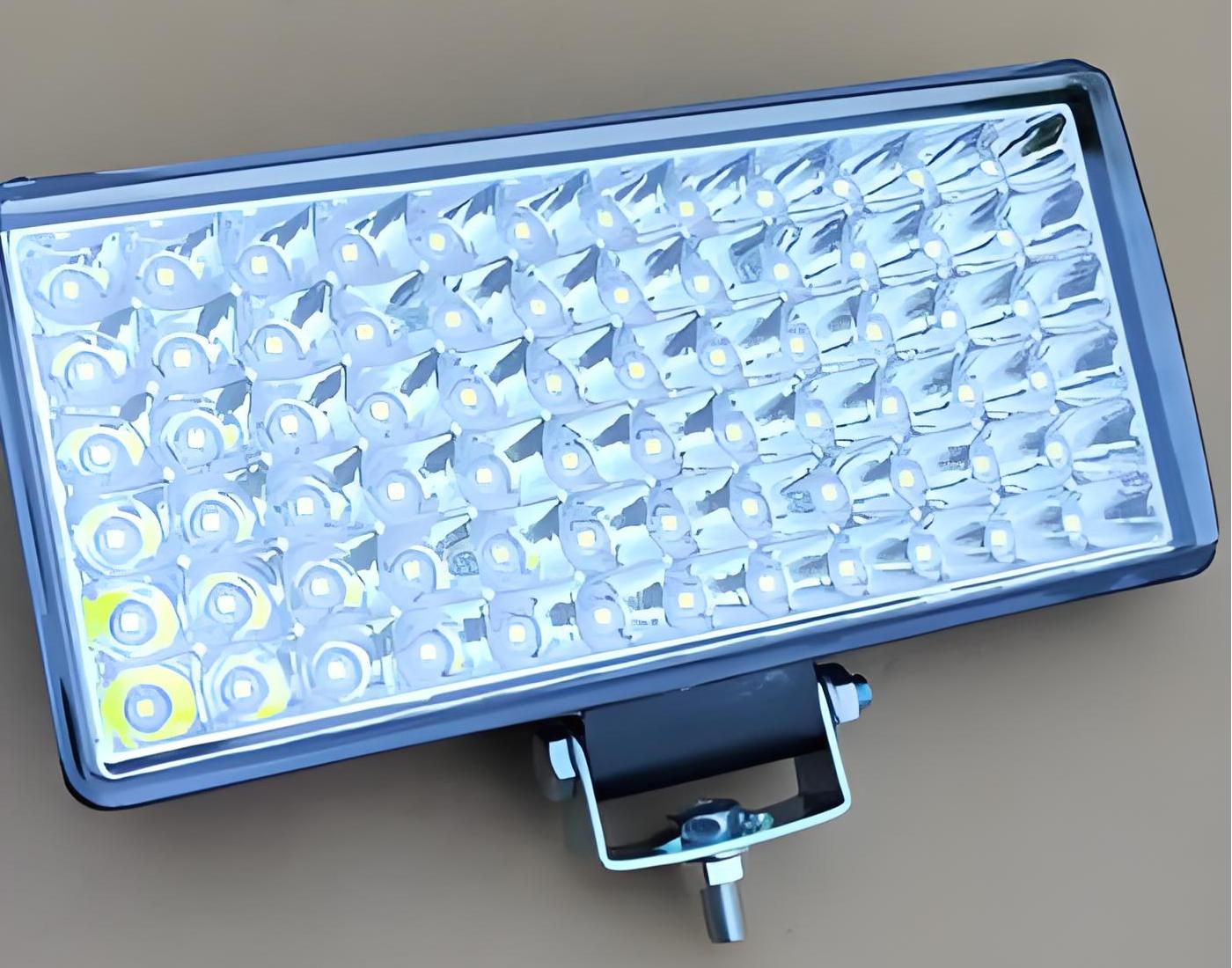Busbar copper vs aluminium, do you know their differences? Both copper busbar and aluminium busbar are very crucial in various high thermal dissipation and high power applications, such as energy storage and inverter systems, and telecommunication power modules. But do you know which delivers heat more excellently? In this Blog, we will write some especially significant points, from features, price, applications, to customer cases, to give you a full knowledge about the busbar copper vs aluminium.
Have you struggled with the following awful issues?
- Complex thermal management and thermal expansion problem?
- Severe conductivity and cost problems?
- tough connection and reliability problems?
- Long-term lifespan and maintenance Issues?
What follows are some ideal solutions to solve such problems.
- Select material according to the applications, such as using busbar copper in the high power, high reliability applications, and using aluminium in high current but cost sensitive applications.
- Enhance design and process, for example, by applying sophisticated connection technique, such as soldering, surface treatment, to boost connection reliability. Besides, employ the copper-plated layer or compount meterial to increase conductivity and thermal stability.
- Select a highly cost-effective material combination to control cost, and upgrade material efficiency and performance via Perfecting design and process
Busbar copper vs aluminium is a crucial choice in PCB design. If you want to inquire about any types of PCBs, just feel free to make contact with us via sales@bestpcbs.com. Best Technology is one of the leading PCB and PCBA manufacturers in Shenzhen. We are the source factory, which is fully compatible with ISO 9001, ISO 13485, IATF 16949, AS9100D, UL, REACH, and RoHS.
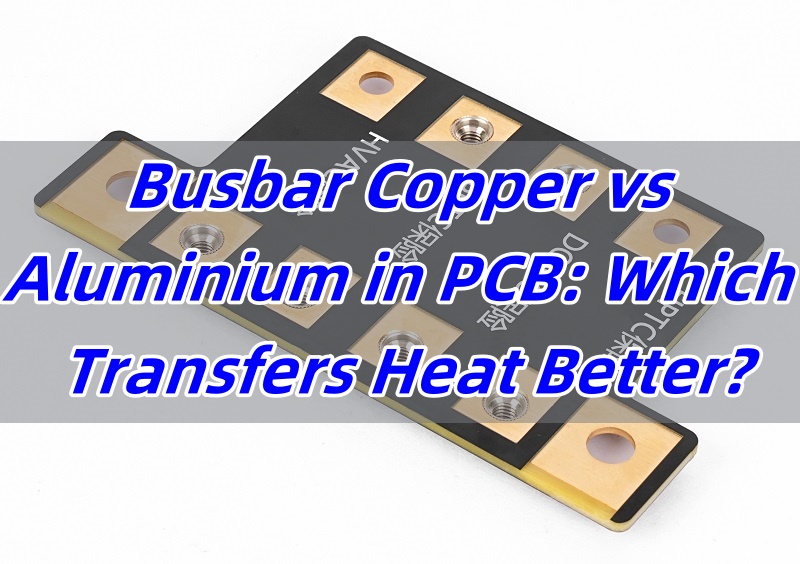
Busbar Copper vs Aluminium: What Are Their Features?
To put it simply, both have unique advantages based on PCB applications. Copper ensures stability in high-power systems, while aluminium reduces weight in large structures.
- Copper busbars offer excellent electrical and thermal performance. They efficiently handle high current while maintaining low resistance.
- Aluminium busbars are lighter, more cost-effective, and easier to shape.
Busbar Copper vs Aluminium Price
Copper is generally more expensive than aluminium due to material cost and manufacturing complexity. A standard copper busbar can cost 20‚Äď30% more than an aluminium one. However, investing in copper can reduce energy loss and improve long-term efficiency, balancing the initial cost.
If you would like to know more specific information about the copper busbar price or aluminium PCB price, just feel free to contact us directly at sales@bestpcbs.com.
Busbar Copper vs Aluminium Weight
Weight is a key factor in PCB design, especially in automotive and aerospace applications. Aluminium busbars are about 60% lighter than copper. This helps reduce assembly and transport costs. Copper’s higher weight is acceptable when strength and conductivity are critical.
Busbar Copper vs Aluminium in PCB: Which Transfers Heat Better?
It is vital to know that copper excels in heat transfer, roughly twice as conductive as aluminium. This allows PCB designers to manage hotspots efficiently and improve system longevity. However, aluminium is still effective for weight-sensitive applications but may require additional thermal management.
Can You Bend a Copper Busbar?
Copper busbars can be bent carefully, but excessive bending may cause micro-cracks affecting conductivity. Aluminium busbars are more flexible and easier to bend, suitable for complex PCB layouts. Designers must balance bendability with electrical performance.
What Electrical Grade Aluminum Bus Bar is Used Most?
The common electrical-grade aluminium for PCBs is 1350-H19, chosen for its conductivity, strength, and corrosion resistance. It works well in high-current applications where copper might be too heavy or costly.
What Lasts Longer, Copper Busbar vs Aluminium Busbar?
Copper busbars generally last longer under high load due to superior mechanical and thermal properties. Aluminium may oxidize faster but performs well if treated or coated. Copper is preferred for long-term reliability in demanding PCB applications.
Busbar Copper vs Aluminium: What Are Their Applications in PCB?
Here is the table showing the applications of copper busbar and aluminium busbar for your review.
| Copper Busbar Applications | Aluminium Busbar Applications |
|---|---|
| High-Power Distribution Boards | Weight-Sensitive PCBs |
| Electric Vehicle (EV) Battery Modules | Cost-Effective Power Distribution |
| Inverters and Energy Storage Systems | Flexible or Complex Layouts |
| Telecommunication Power Modules | Battery Modules in EVs |
| Hybrid PCB Designs | Industrial Equipment with Moderate Current |
All in all, copper and aluminium busbars are used based on conductivity, weight optimization, and cost-effectiveness.
Busbar Copper vs Aluminium in PCB: Customer Cases
Copper busbar offers high electrical and thermal conductivity, giving it a competitive edge over aluminum busbar. It is suitable for high-power applications, such as high-end servers and communication bases. The copper core PCB has a thermal conductivity coefficient of 400 W/mK, while the aluminum PCB has a coefficient of 205 W/mK.
Most customers choose aluminum busbar PCB for cost-sensitive, high thermal dissipation situations, such as LED lighting and automobile electronics. Pictures of busbar copper PCB and aluminium busbar PCB are provided for your review.


In closing, knowing the features, weight difference, price, durability, application, and customer cases of copper and aluminum busbars will help you make an informed decision for your PCB project requirements. Best Technology commits ourselves to providing high quality, superior reliability copper busbar and aluminium busbar PCB to a more competitive market since 2006. If you have any technical problem in this area, just feel free to get in touch with us at sales@bestpcbs.com. We will be excited to work with you for the brilliant PCB and PCBA solution for your projects.




